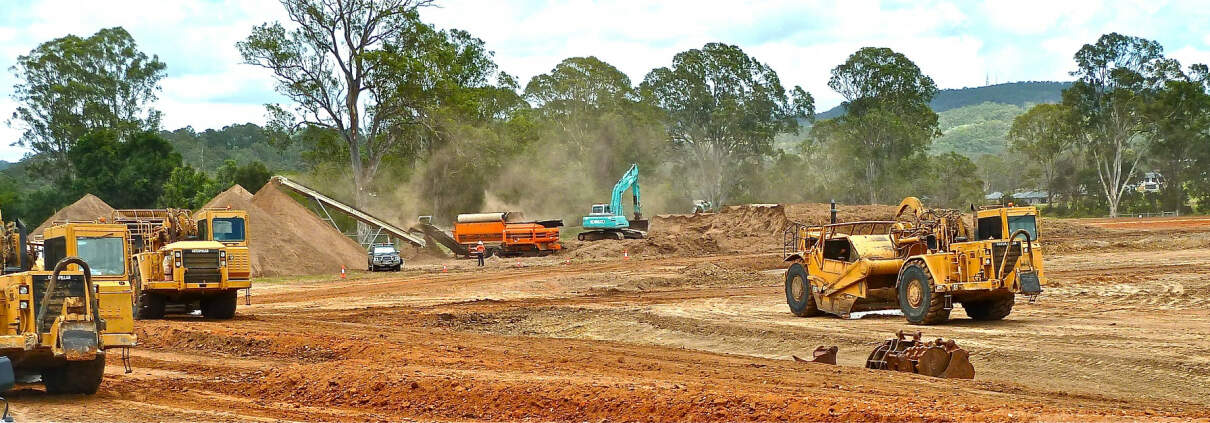Watch Me Build a Residential Land Development Model (Updated June 2025)
Over the years, we’ve created a sizable library of Watch Me Build videos covering Excel models for various real estate investment and property types. However, we’ve yet to create a Watch Me Build involving for-sale product. So this weekend, I thought I’d sit down and record myself building a residential land development model. The exercise involves a 20-acre greenfield site, zoned for up to 70 single-family lots. The task is to run a quick back-of-the-envelope analysis to determine whether the opportunity warrants spending more time on.
If you’re unfamiliar with our Watch Me Build video series. Michael and I have found in our own experience that we learn to model best by watching others. So in our Watch Me Build exercises, we begin with a hypothetical real estate investment opportunity that needs to be modeled. We then open up a blank Excel Workbook (or in this case a pre-formatted blank Workbook) and build a model to analyze the hypothetical opportunity. As we build the model, we do our best to call out the keystrokes we use, explain the formulas we write, and describe the flow of the model from start to finish.
Note that the model we build in this exercise is a simplified version of our Back-of-the-Envelope Residential Land Development Pro Forma in our Library of Real Estate Excel Models. We further simplify that model in this video, to save time, but otherwise the same concepts employed in that model are used here.
Are you an Accelerator member? See the ‘Modeling Development Cash Flow course in the core curriculum. Additionally, if you’re an Accelerator Advanced Member check out course 4 of the ‘Advanced Modeling – Development’ endorsement for additional techniques for modeling land development. Not yet an Accelerator member? Consider joining the real estate financial modeling training program used by top real estate companies and elite universities to train the next generation of CRE professionals.

I spent the first 10 years of my career in residential land development – I’ve even driven a scraper just like these.
A Back-of-the-Envelope Model
The model we build in this exercise is a back-of-the-envelope model. This type of analysis is generally used for the first pass of analysis of an opportunity. It involves entering basic assumptions, based on your knowledge of similar investments, and arriving at approximate return metrics. It’s meant to be a quick way to determine whether an investment is worth spending more time on, or not.
With that said, from a learning perspective a back-of-the-envelope model is a really good way to learn modeling concepts. That is because the techniques used to model the various components of a back-of-the-envelope model can be replicated to build a more comprehensive model. And so we often use back-of-the-envelope models in our Watch Me Build videos to save time, with the assumption that once you understand the methodology you can employ that to create more advanced models on your own.
So for example, in this exercise we model construction costs as just one line item. That one line item is calculated based on just three assumptions: construction start, construction end, and construction cost per lot. And those construction cost cash flows are simply forecast straight-line over the construction period.
However, using what you learn here (and checking out other construction modules on our site or from our Accelerator), detailing out the construction costs is quite simple. You would create sub-construction cost line items, model each using its own start, end, and amount assumptions, and then sum all of those line-items to the the construction cost line. You could even do this analysis on a separate tab, add the option for s-curve and manual forecasting, and build graphs to visualize the construction cash flows over time.
In short, while we build a back-of-the-envelope model in this Watch Me Build video, the concepts learned here can be employed to build more robust real estate financial models.
The Watch Me Build Video – Residential Land Development Model
Before watching the video, I recommend you download the source files for this exercise (see below). The source files are in a .zip file, and include assumption notes in .PDF format and an Excel workbook containing one pre-formatted blank worksheet and a second completed worksheet.
If you have dual-monitors, I recommend placing the video on one monitor and the open Excel workbook template in the other. Then, as I walk through building the model, do your best to follow along. Once you’ve completed the video, attempt to build the model yourself a second time. Try expanding the model to include elements not included in the Watch Me Build, such as a more expansive project budget, additional lot types, and report tabs.
As always, if you have any questions or comments, please don’t hesitate to reach out.
Other Resources
For those intrigued by the nuances of residential land development discussed in this article, the A.CRE AI Assistant can further enhance your understanding of this and other topics. It is a custom GPT we designed to streamline the navigation of real estate financial modeling and other A.CRE resources. By interacting with the A.CRE AI Assistant, you can dive deeper into related subjects, clarify doubts, or extend your learning without manually searching through extensive documentation.
Download the Source Files for this Watch Me Build Exercise
To make these files accessible to everyone, they are offered on a “Pay What You’re Able” basis with no minimum (enter $0 if you’d like) or maximum (your support helps keep the content coming – similar real estate training exercises sell for $100 – $300+). Just enter a price together with an email address to send the download link to, and then click ‘Continue’. If you have any questions about our “Pay What You’re Able” program or why we offer our models on this basis, please reach out to either Mike or Spencer.
Frequently Asked Questions about Building a Residential Land Development Model in Excel
Version Notes
v1.0
- Initial release









